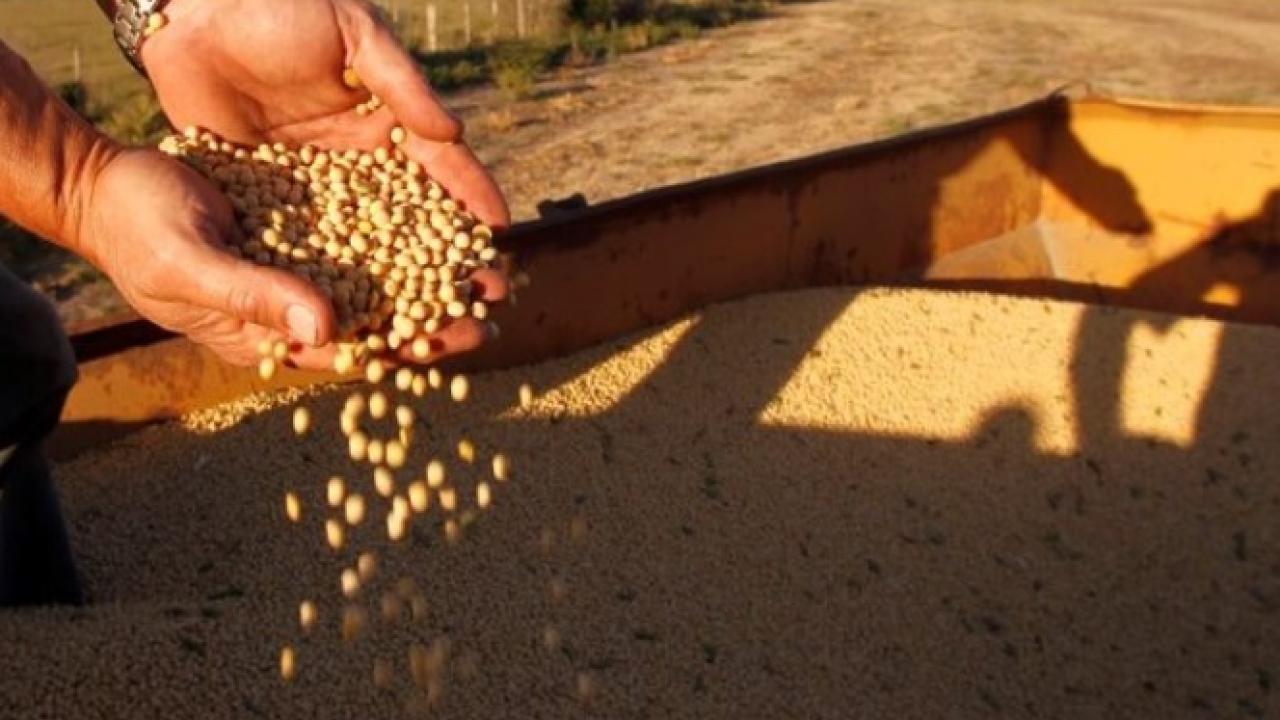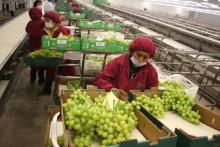
In the year-on-year measurement, the Gross Domestic Product expanded by 3.8%, according to the Central Bank.
The Uruguayan economy grew in the second quarter of 2024, according to the National Accounts report released this Thursday by the Central Bank (BCU). The expansion was based on the good performance of the agricultural and energy sectors and the export of goods.
The Gross Domestic Product (GDP) registered an expansion – in seasonally adjusted terms – of 2% compared to the previous quarter (January-March). In that period, the economy had shown a positive variation of 0.9%.
In the year-on-year measurement, economic activity grew 3.8% compared to the same period in 2023.
In the production segment, the agricultural sector stood out, with a positive variation of 22.6% compared to the same quarter of the previous year. Soybeans stood out with higher yields compared to the previous harvest, which had been affected by drought. The cellulose industry and cattle slaughter also performed well.
The report indicated that the activity of electric power, gas and water registered a year-on-year increase of 30.8%, which was mainly due to the greater generation based on renewable sources with the increase in hydraulic energy and the reduction in thermal energy.
The trade, accommodation and food and beverage supply segment showed a year-on-year expansion of 4.5%. Growth was observed in wholesale and retail trade services (with a strong impact from the marketing of soybeans), fuels, pharmaceutical products, vehicles and other imported consumer goods.
The National Accounts report indicated that transport and storage, information and communications increased by 3.7% compared to the same quarter of the previous year. The activity of freight transport stood out there, and to a lesser extent, grain storage linked to the greater production of summer crops compared to the previous harvest.
Construction was less dynamic, with a record practically unchanged from the second quarter of 2023. There was greater investment in power lines, port works and power plants. This was offset by a lower performance in building construction, mainly due to the completion of the construction of UPM's second plant in Pueblo Centenario.
The manufacturing industry experienced a year-on-year contraction of 0.5%. The decrease was associated with the negative performance of oil refining activity due to the maintenance shutdown of Ancap's La Teja refinery. Work began in the third quarter of 2023 and was completed in the middle of this year.
Exports and consumption
In the period between April and June, foreign sales increased by 14%. Sales of soybeans, cellulose, beef and electricity stood out. In the case of service exports, a contraction in inbound tourism was observed.
Imports of goods and services showed a year-on-year drop of 4.3%. In the first case, there was an increase in purchases of fuel - due to the closure of the refinery for maintenance - and of automobiles and consumer goods. On the other hand, there was a decrease in spending on tourism abroad, associated with a lower departure of Uruguayan tourists to Argentina.
Household consumption spending grew by 0.9%, mainly due to the purchase of vehicles and other imported consumer goods.
Government spending increased by 4.4%, mainly due to education, linked to a greater number of school days.
Perspectives
Economist Aldo Lema indicated in his X account that from the supply point of view, the high interannual growth of the agricultural and electrical sectors was confirmed due to better water conditions.
He added that in the case of demand, there was a significant positive variation in exports.
In turn, CPA economist Nicolás Cichevski predicted on the same social network that GDP will expand 3% in 2024.










